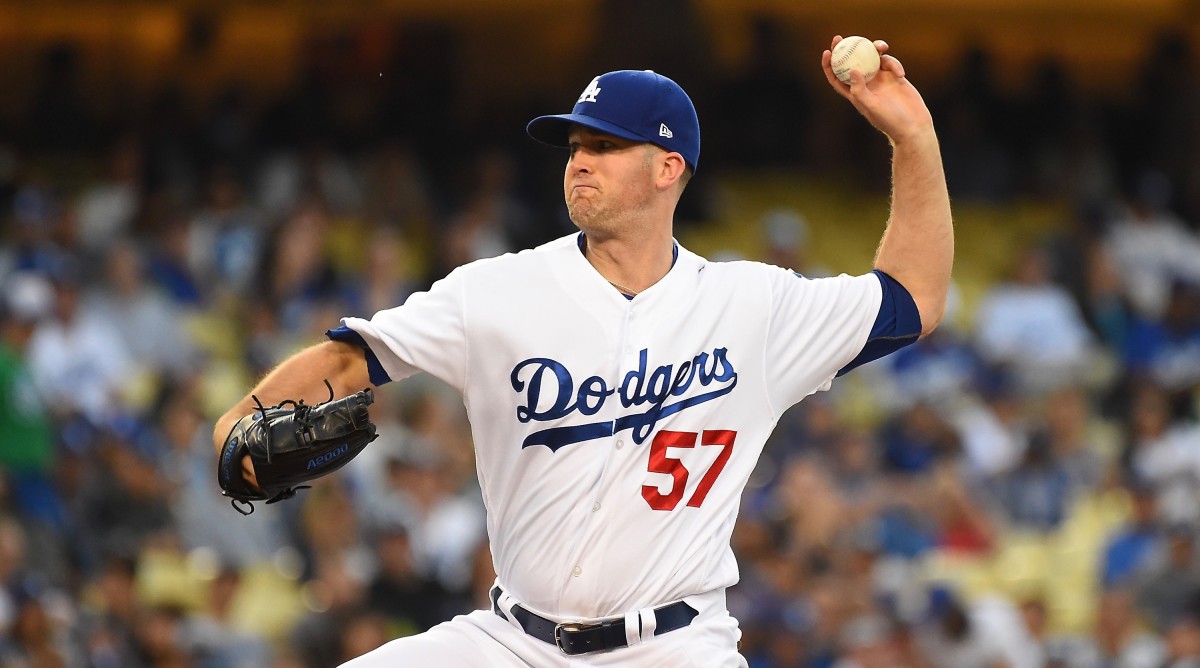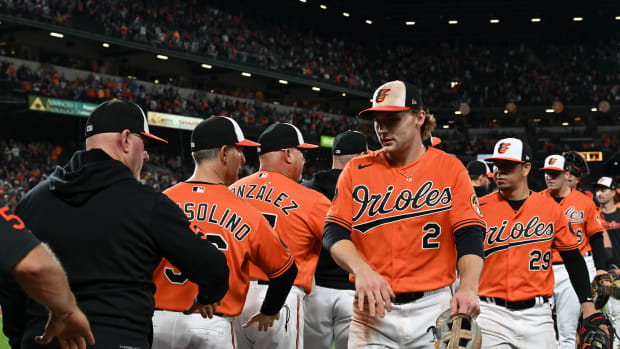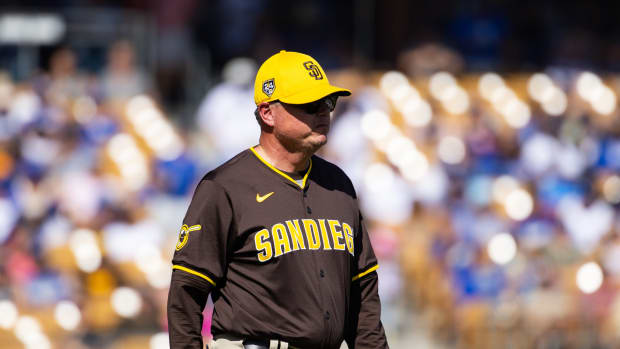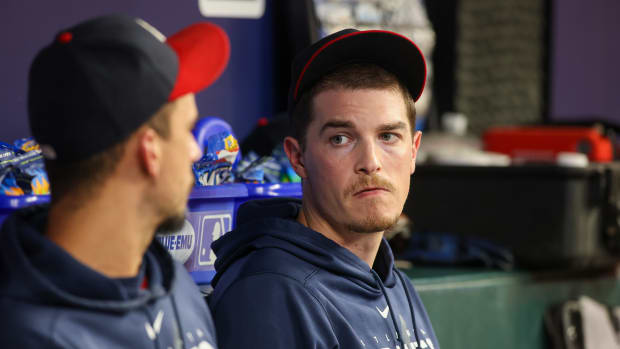
Alex Wood has gone from the bullpen to an All-Star starting pitcher. How?
There are a few sure routes to the All-Star Game: Rate among your league’s leaders in one of the glamour stats, like homers or ERA? That should do the trick. Put up a .300/.400/.500? That’ll almost certainly get a player an invite, as well. Go 10-0 as a starting pitcher? That player must be a shoo-in, right?
Alex Wood saved his best of what has been an excellent first half for last. Wood shut down the Diamondbacks, one of the league’s best offenses, on Wednesday, striking out 10 in seven shutout innings to move to 10–0 on the season. With that win, Wood became the sixth pitcher since 1933, the year of the first All-Star Game, with at least 10 wins and zero losses before the break. He’ll be just the second of those six to miss out on the midsummer classic, joining Atley Donald, who was 10–0 for the Yankees in the first half of the 1939 season.
Finally named to the All-Star team on Friday, Wood has been one of the best pitchers in the majors this season. In addition to his spotless record, Wood has a 1.67 ERA, 2.04 FIP, 0.89 WHIP and 97 strikeouts against 22 non-intentional walks in 80 2/3 innings. He doesn’t yet have enough innings to qualify for the ERA title, but if he did he would lead the majors in ERA, while ranking second in FIP and WHIP. Not bad for a guy who started the season in the bullpen.
The ideal 25-man National League All-Star roster
Dodgers starters are first in the majors in ERA and FIP, and second in fWAR. They’ve been fixtures at or near the top of those leaderboards over the last few years thanks to Clayton Kershaw, but Wood has been just as influential as his superstar teammate this season. In addition to what he has done in the rate categories, Wood has racked up 3.1 fWAR to Kershaw’s 3.2. WAR, of course, is a cumulative stat, and Kershaw has thrown 42 2/3 more innings than Wood on the year. Among pitchers with fewer than 100 innings pitched only Corey Kluber has more fWAR (3.2) than Wood.
Wood throws three pitches, and it’s hard to zero in on which is best. His two-seam fastball is the foundation of everything he does, making up more than 50% of his total pitches on the year. From there, he works in a changeup and knuckle-curveball, both of which command about one-quarter of his pitches. The three offerings have helped make Wood one of the most dominant ground-ball and whiff artists in the league. Wood’s ground-ball rate is 63.5%, while his swinging-strike rate is 13.5%. Those rank second and seventh, respectively, in the majors. He’s the only pitcher in the league in the top 10 in both. Only three other pitchers—Kluber, Michael Pineda and Sean Manaea—are in the top 20 in both ground-ball and whiff rates.
Everything Wood throws has downward break, and he has lived down in the zone, as illustrated by this heatmap from Baseball Savant.
Pic 1
That’s a great way to keep balls in play on the ground, and while those turn into hits more often than fly balls, no ground ball has ever sailed over an outfield wall. As such, Wood has allowed just 0.22 homers per nine innings this season.
Let’s take a look at each pitch doing what they all do best: inducing weak grounders and whiffs. First, the two-seamer. The pitch has a ground-ball rate of 60.5%, outrageously high for a fastball, and a whiff rate of 9.5%. Given that Wood throws it more than half the time, the fact that it results in so many grounders on balls in play really is the bedrock of his success.
Next is the changeup. Lefties who can throw a sinker and changeup will almost always be able to find work in the majors. The pitches work perfectly in conjunction with one another, breaking and fading in the same manner. When you can throw them as well as Wood can, you’ll do more than just find a job. You’ll make your way to the top of one of the best rotations in baseball. Wood’s change has a ground-ball rate of 62.8% and whiff rate of 17.9%.
The ideal 25-man National League All-Star roster
Finally, the knuckle-curve. This is Wood’s best out-pitch, evidenced by its gaudy rates. When hitters put Wood’s knuckle-curve in play, they do so on the ground 68.7% of the time. Of course, they frequently aren’t lucky enough to make contact, swinging and missing 21% of the time. Wood’s knuckle-curve is flatter than a typical curveball, and has the look of a traditional slider. That makes it a better companion for his two-seamer and changeup than a typical curveball would be. A normal curveball, with a 12-to-6 or 11-to-5 movement, would be far easier to identify compared against Wood’s other pitches. The smoother, flatter knuckle-curve is harder for hitters to pick up, and that has shone through in his numbers this season.
Wood has always had this potential he has always had since being a second-round pick of the Braves back in 2012. Now healthy after making just 10 starts last year, he is realizing that potential. In a crowded, competitive NL West, his presence next to Kershaw in the Dodgers rotation could make all the difference.


































